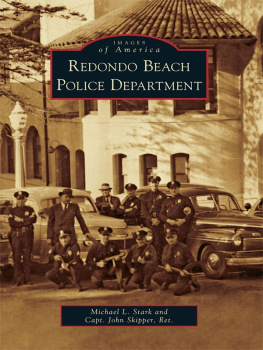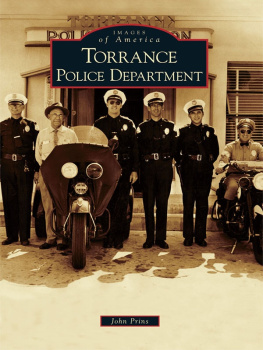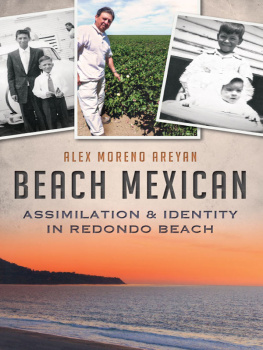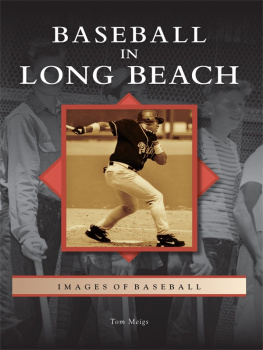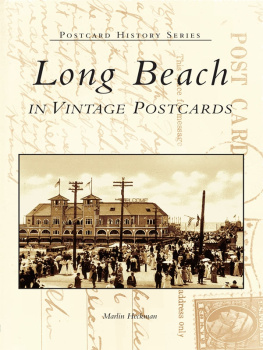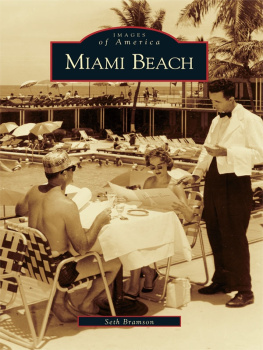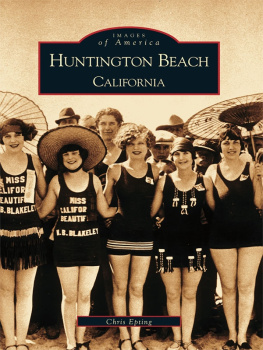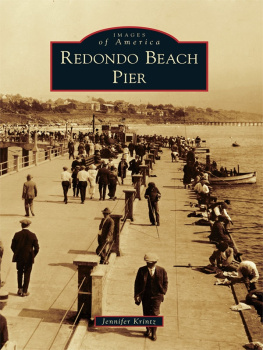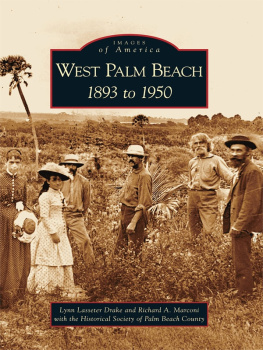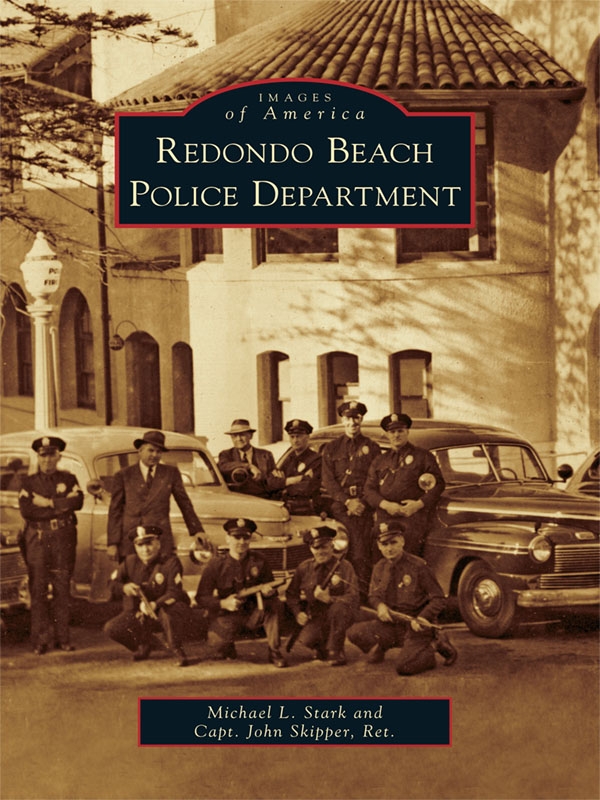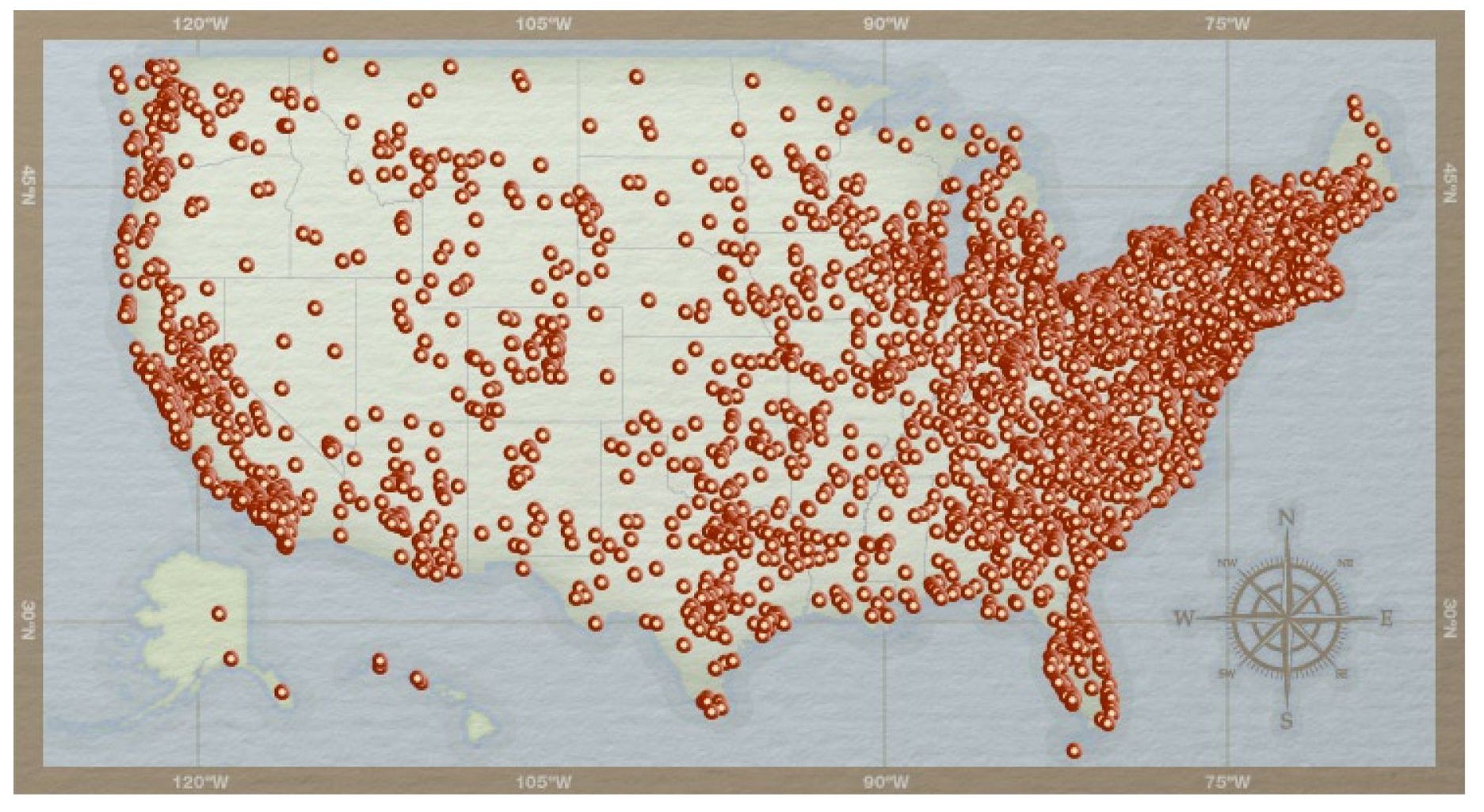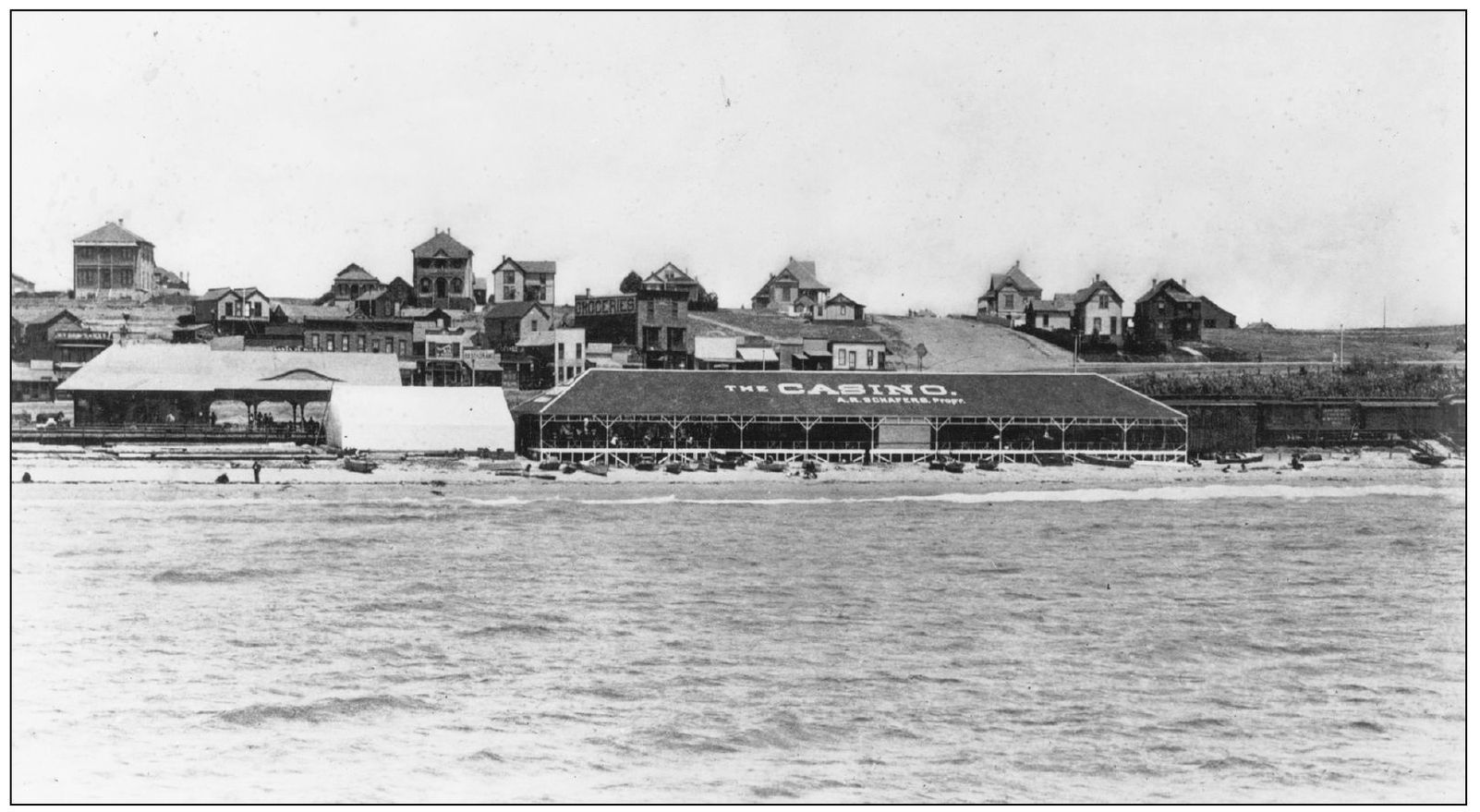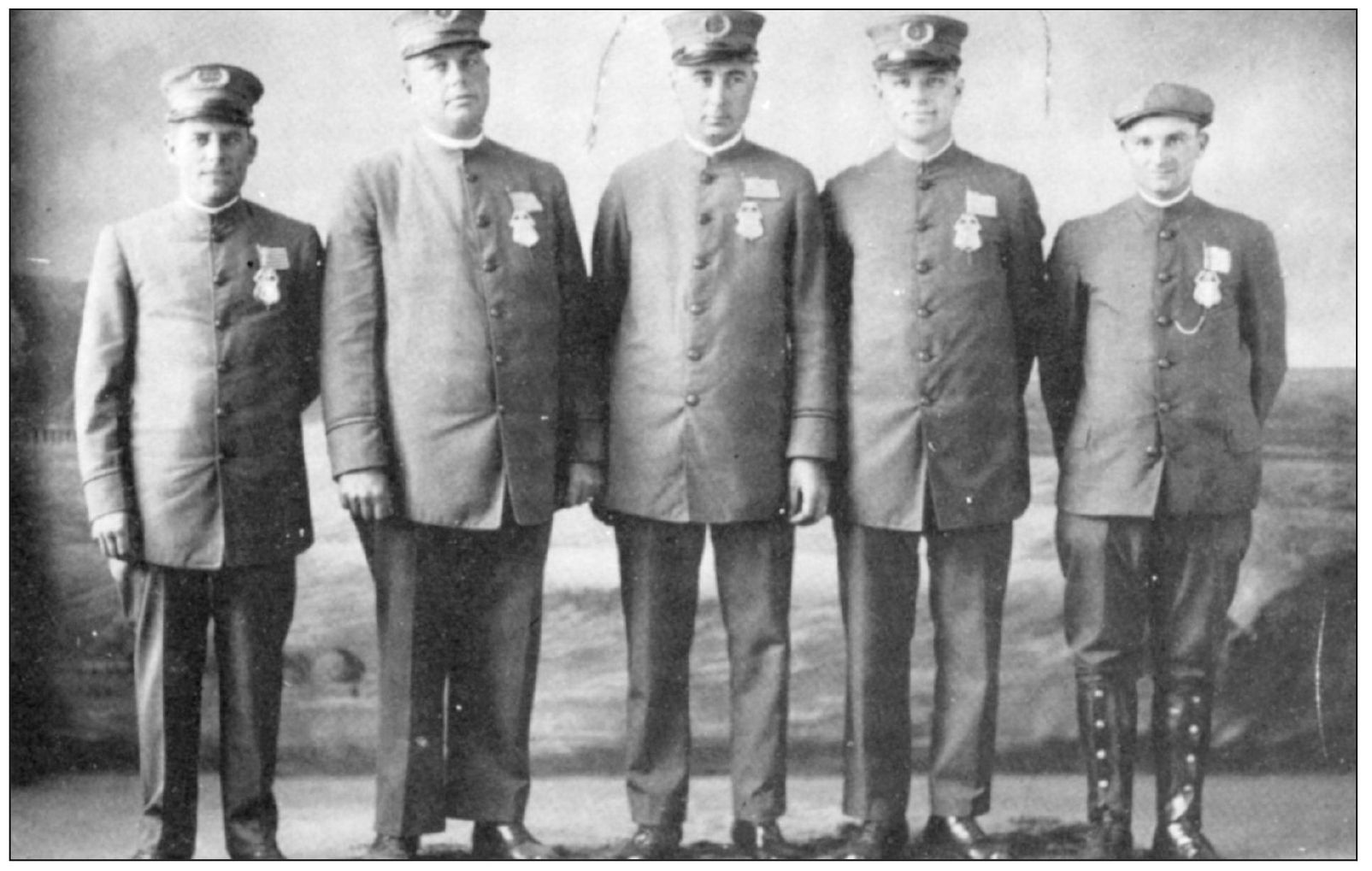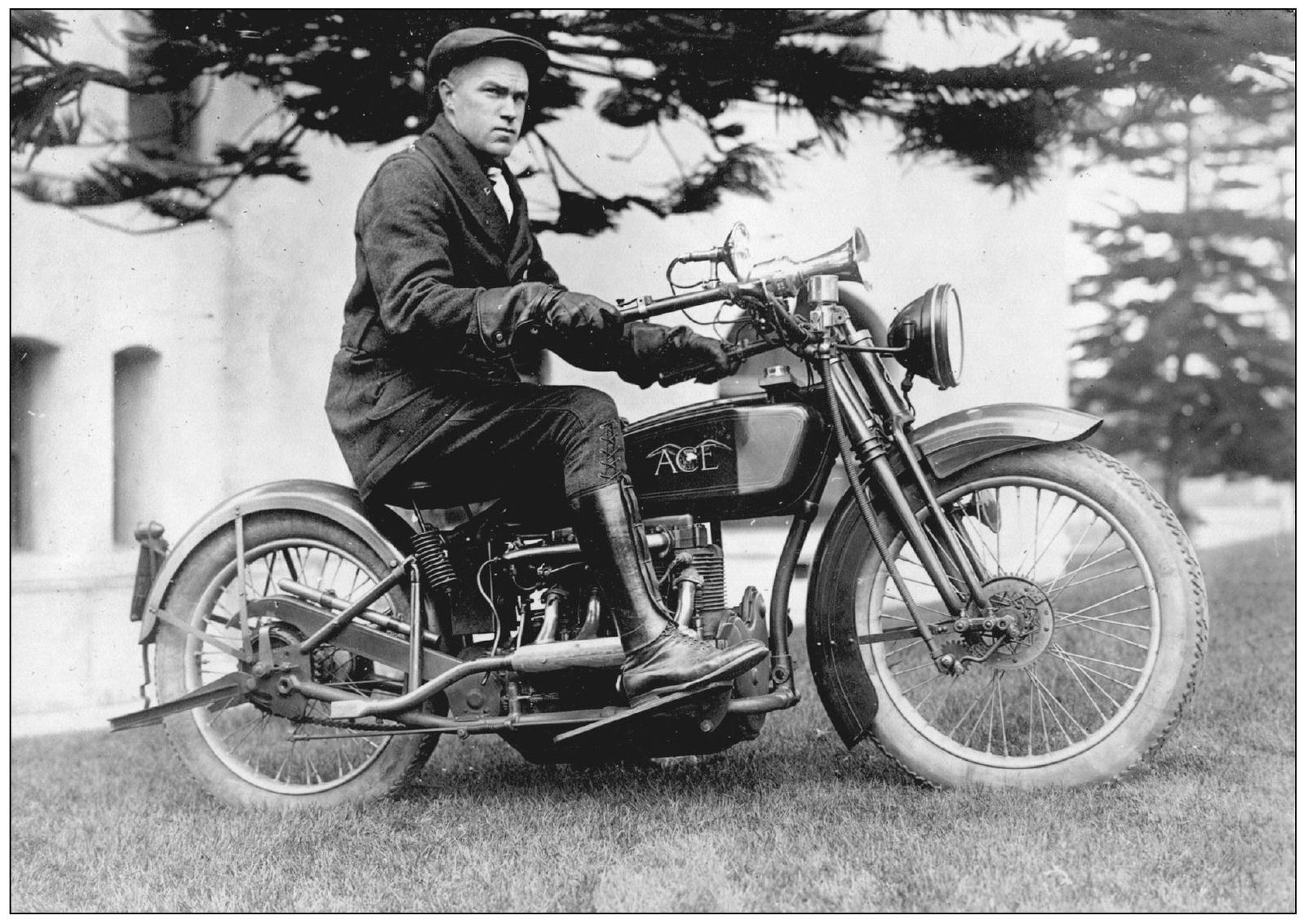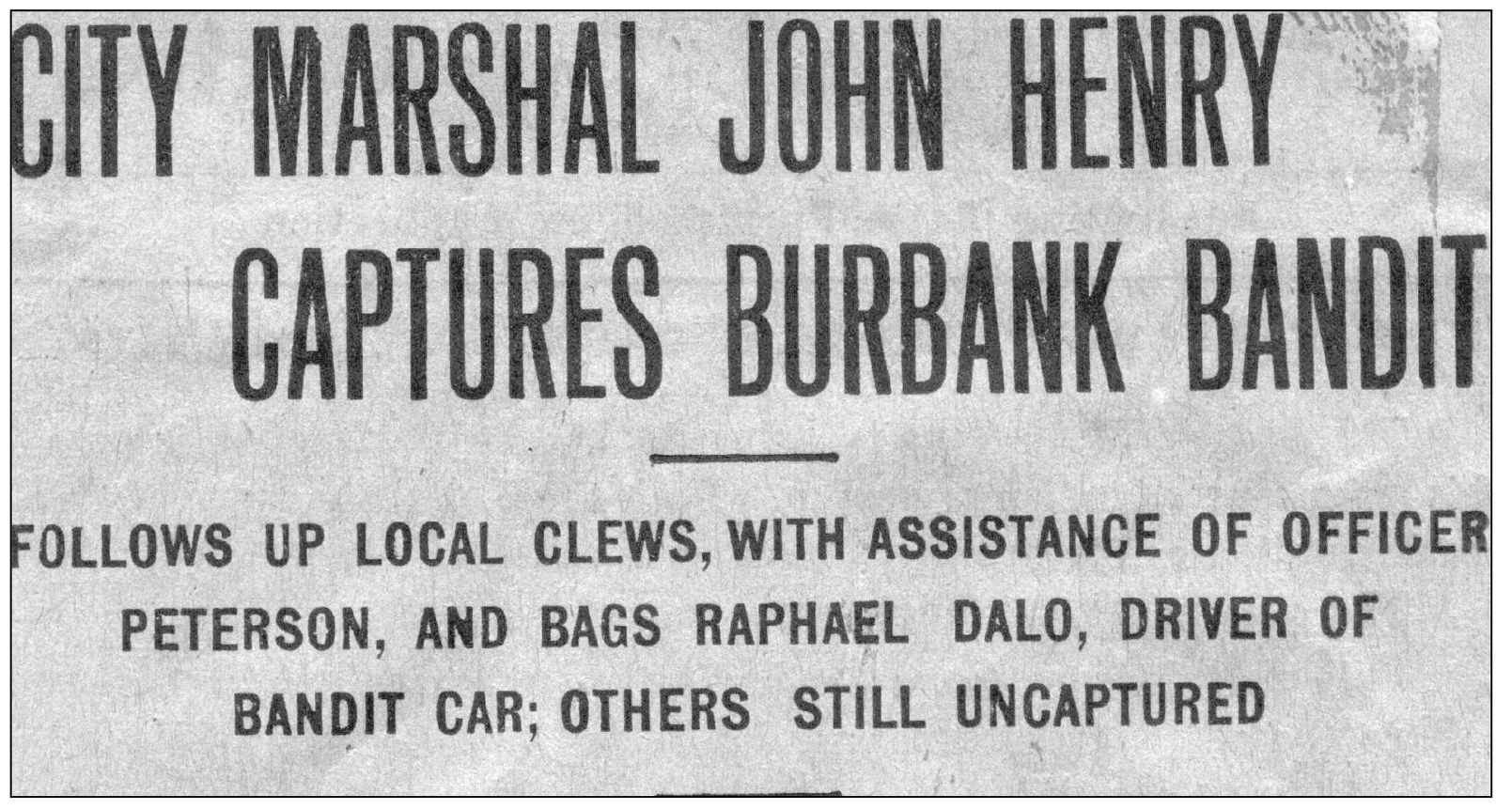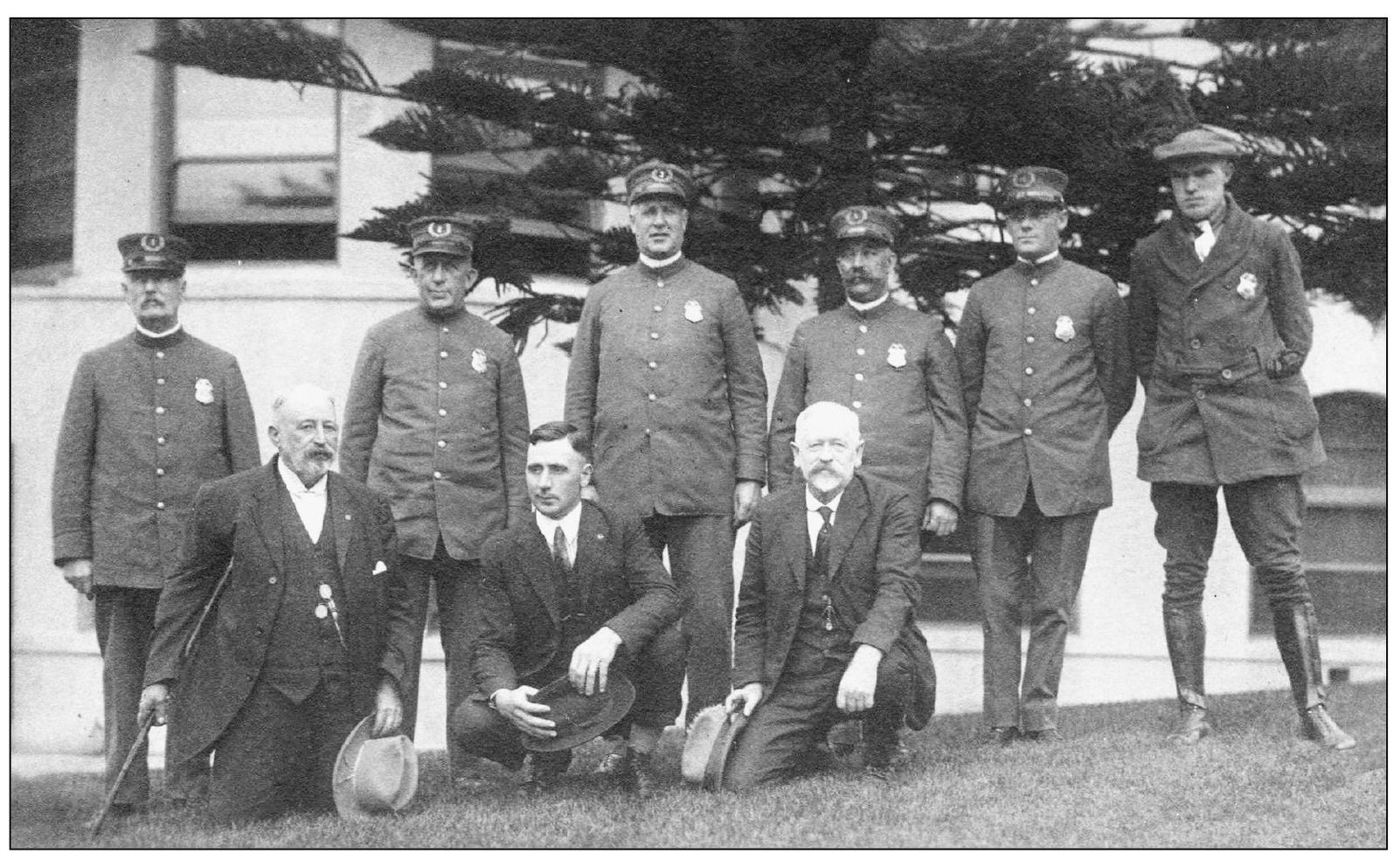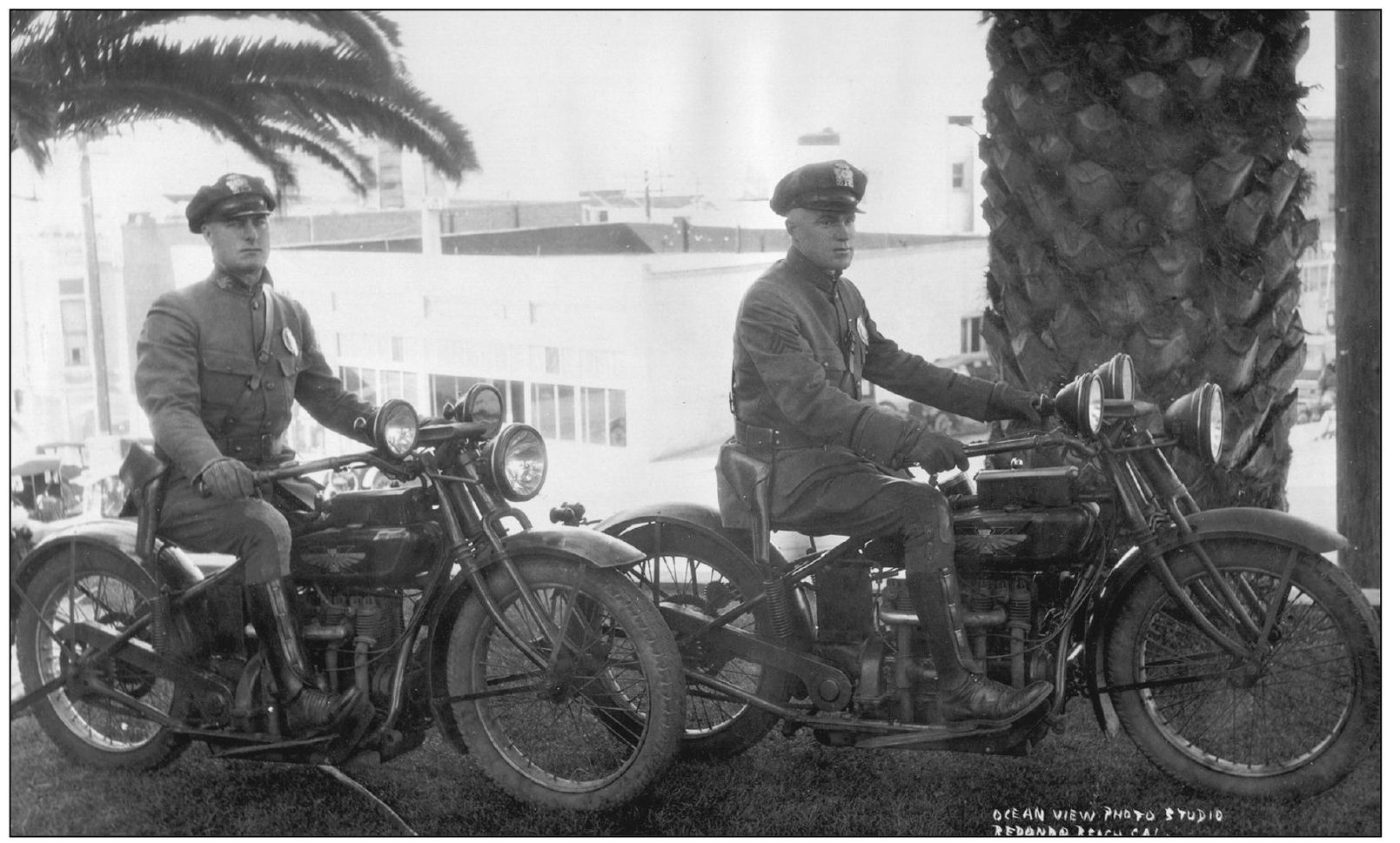The authors wish to acknowledge the men and women of the Redondo Beach Police Department who have assisted in the creation of this book by providing pictures, information regarding events, or the identification of people in the photographs. The authors also wish to acknowledge in particular three individuals without whose efforts the creation of this book would not have been possible: Capt. Jeff Hink was the liaison with the department command staff and facilitated interaction with the various work units while contributing many hours of involvement to finish our task; retired lieutenant Gary Wiley who, as the committee historian, was instrumental in identifying many of the events and people in this book; and officer Maureen Hyde, who provided technical and computer support by organizing, scanning, archiving, and photograph shopping the many photographs in this book. These three met with the authors as a committee every week for approximately six months in the creation of this work.
And finally, a special thank you to the Harry W. Petersen family, the Redondo Beach Historical Society, and the Redondo Beach Historical Commission for their major contributions in providing historical photographs and information. Unless otherwise credited, the photographs on these pages were from the files of the Redondo Beach Police Department.
CHIEFS OF POLICE
18821920
S. P. Rogers, 18821883
George Foyer, 18831894
Silas Blanchard, 18941896
E. P. Maxey, 18961900
L. J. Woolley, 19001902
E. P. Maxey, 19021904
J. K. Smith, 19041906
E. P. Maxey, 19061907
Lee Stanchfield, 19071912
Al Lambert, 1912
John Perdue, 19121914
Eli Moiser, 19141920
1920PRESENT
The following men are pictured from left to right, top to bottom:
John V. Henry, 19201928
Harry M. Petersen, 19281947
Lowell Hopkins, 19471956
Curt Richardson, 19561963
Robert Mutch (interim), 19631964
William A. Bechtel, 19641967
Harvey Lord (interim), 19671968
Louis J. Sunyich, 19681975
Frank V. Meehan, 19751983
Allen D. Woods (interim), 19831984
Roger M. Moulton, 19841993
Roger Bass (interim), 1993
Melvin E. Nichols, 19932001
Stephen R. Murdoch (interim), 20012002
Robert M. Luman, 20022006
W. Joseph Leonardi, 2006present
Find more books like this at
www.imagesofamerica.com
Search for your hometown history, your old
stomping grounds, and even your favorite sports team.
One
THE EARLY YEARS 18921920
This c . 1880 view is looking south across the 100 block of North Alameda Avenue, later named Pacific Avenue. The tent in the background is on Emerald Street and is the location where city hall was built. (Photograph courtesy of Redondo Beach Historical Commission.)
The casino is seen from the water in the 1890s. Gambling was prevalent and was one of the concerns of the newly incorporated city. Ordinances were passed, but backroom operations were ongoing. With the Depression of the late 1920s, gambling made a come back with an ordinance that allowed it along El Paseo Street between Emerald and Diamond Streets. By 1940, the gamblers had been driven out, but carnival games and bingo remained. World War II ended any operations that still existed. (Photograph courtesy of Redondo Beach Historical Commission.)
The Redondo Beach Police Departments ranks increased from three to five officers in 1914 to police the 3,300 residents of the city. They were also referred to as deputy marshals or constables during this period. In the above photograph are, from left to right, Redondo Beach city marshal Ely Mosier; officers George Gipe, John V. Henry, and S. W. Kiracofe; and motorcycle officer Johnie Alder. (Photograph courtesy of Redondo Beach Historical Commission.)
Motorcycle officer Harry M. Petersen sits atop his c . 1918 police motorcycle. Motorcycle patrol began in 1914 as a result of an automobile race in the city, which drew residents from Los Angeles and other South Bay cities to the community. Newspaper accounts reported that traffic congestion jammed the downtown section from one end to the other.
Shortly after the beginning of the 19th century, bathing suit morality became an issue across the country. In this photograph, a number of female sun worshipers are being escorted from the beach by members of the RBPD due to the hemlines of their bathing suits being deemed too high. (Photograph courtesy of Redondo Beach Historical Commission.)
This newspaper headline from July 1920 tells the story of Chief John Henry capturing one of three bandits who robbed a Burbank bank and shot one customer. The article also mentions that officer Harry M. Petersen assisted with the arrest. Chief Henry inaugurated the departments first formal Identification and Records function. This unit organized reports, criminal records, and other important data, which Henry said were previously just scraps of paper.
The city and the police department were growing. In the above photograph, city officials and police department personnel posed for a publicity shot taken around 1920. From left to right are (kneeling) Judge E. H. Miller, Chief of Police John V. Henry, and Mayor George Cate; (standing) officers Charles Beebe, Fred Reeves, Fred Gardener, George Carson, and Louie Stiewell and motorcycle officer Harry M. Petersen. Petersen went on to become chief of police, and his son Harry and grandson Rick later became members of the department. (Photograph courtesy of Redondo Beach Historical Commission.)
A 1920 photograph depicts motor officer Leslie Stewart and motor sergeant Harry Petersen.

